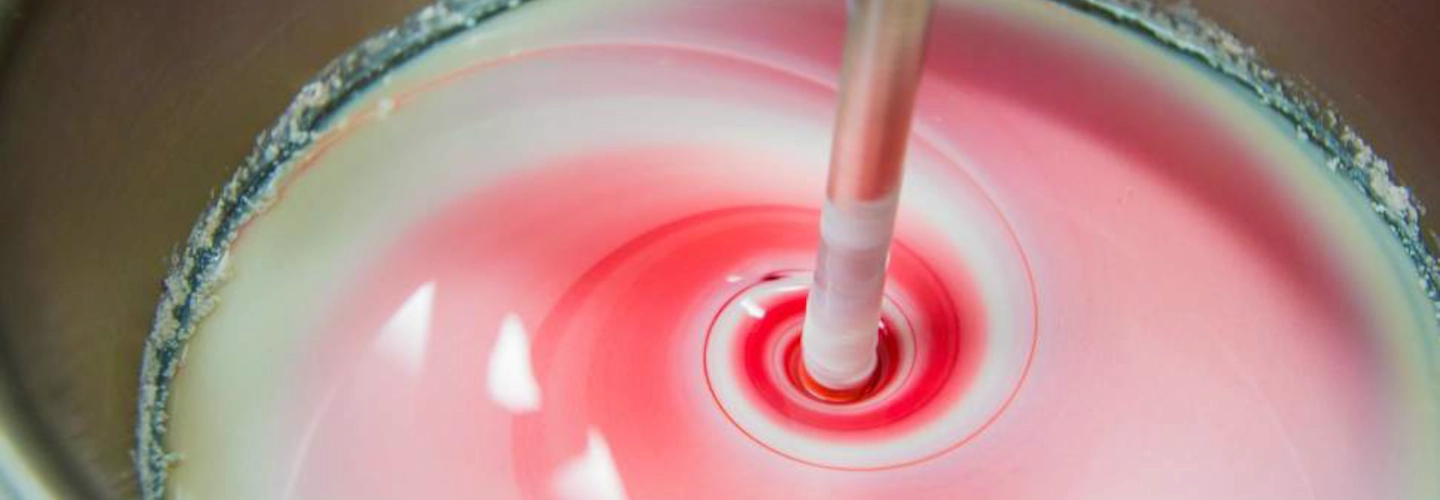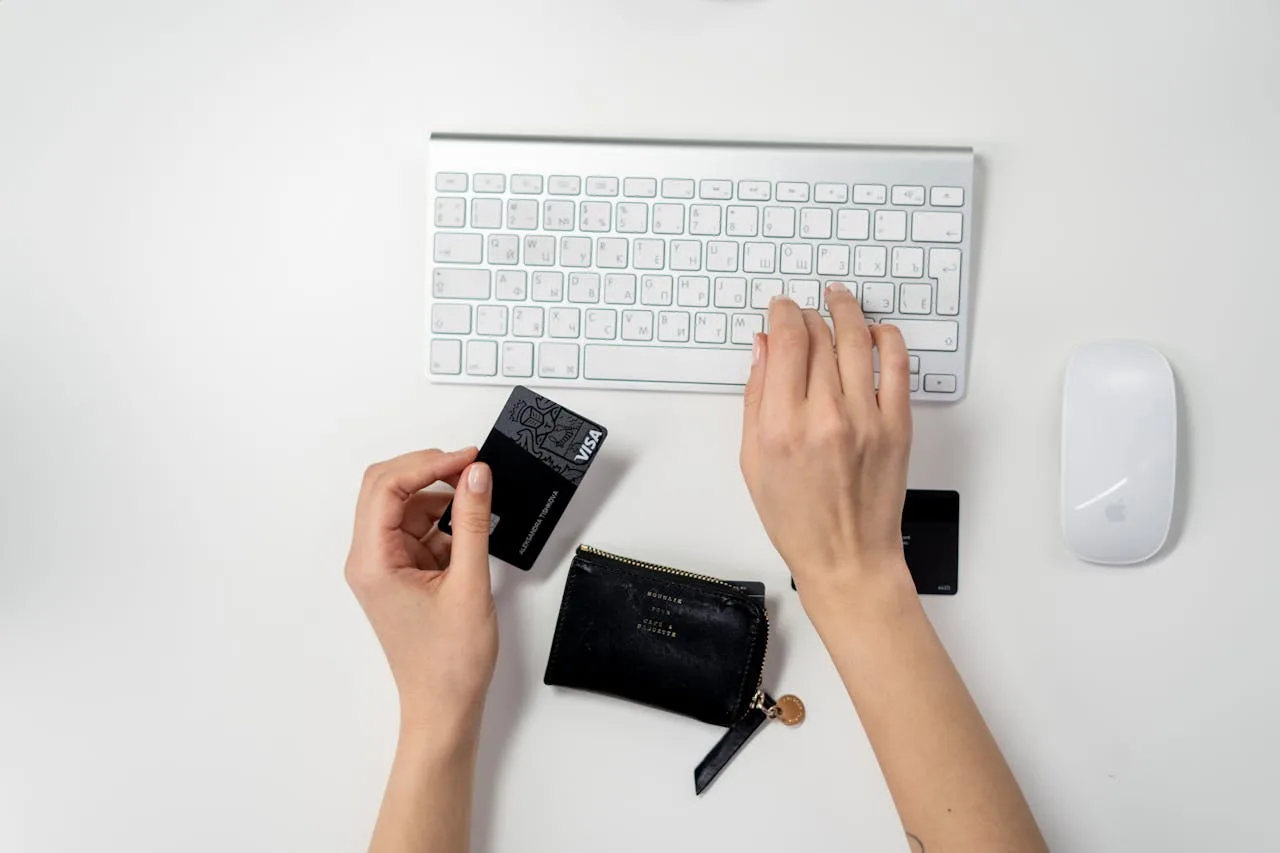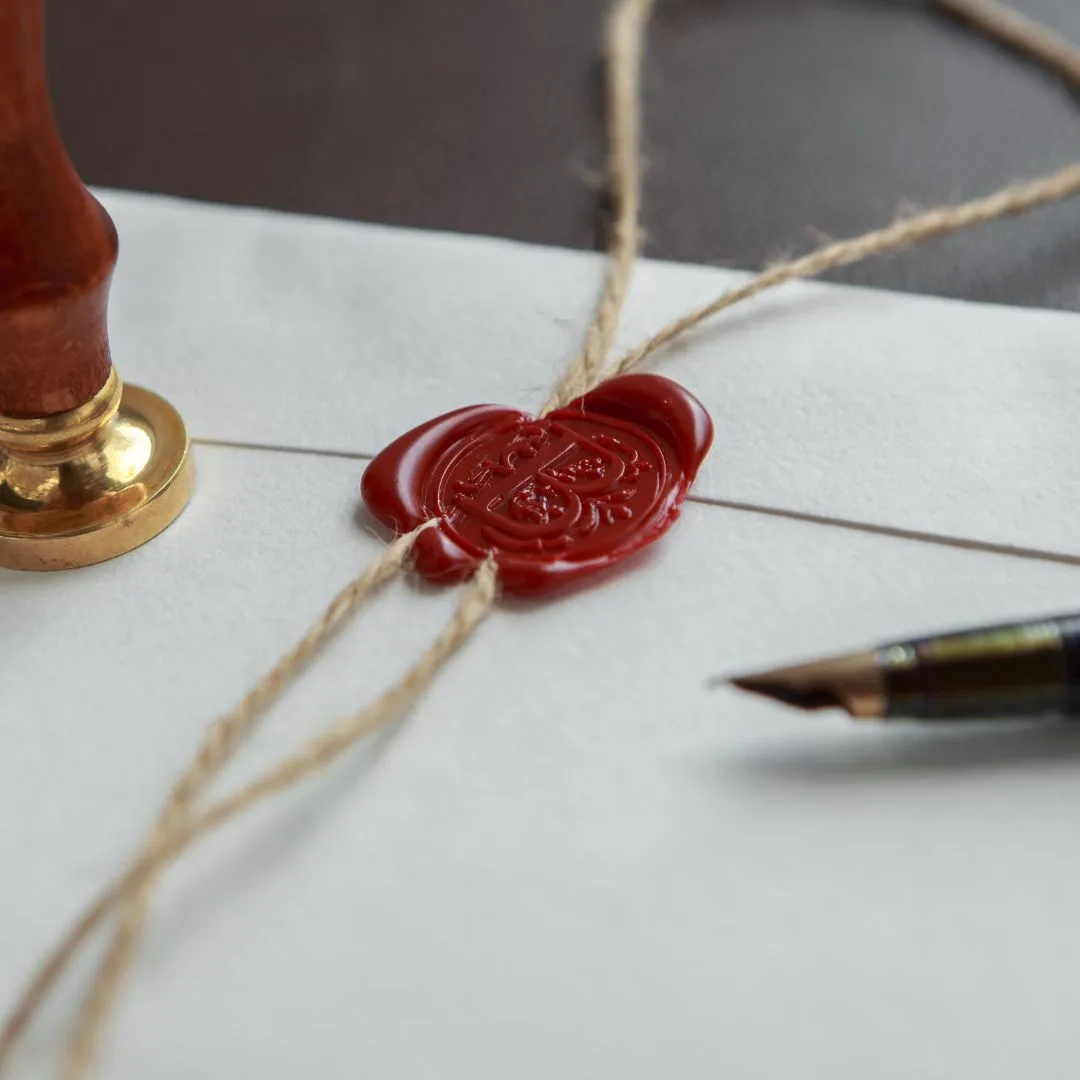Your cart is currently empty!
How to seal bottles with wax

Sealing bottles with wax is easy, and it really adds a touch of exclusivity to high end bottled products.
Here you can find how to use our bottle sealing wax, with some “tricks of the trade” to get some special effects.
Preparation is key. Set up your environment safely, with space for dipped and un-dipped bottles.
Set the bottles with their tear off strips.
Once your bottles are ready, you can melt your wax in a “bain marie” (the wax is in a pot that is itself within a pot full of boiling water) or with a professional wax melting pot.
The dip itself can be relatively quick, but you can experiment with different dipping times to achieve different effects. The longer is the dip, the thicker will be the wax coating.
Multiple dips are possible, to achieve different effects and increase the wax thickness.
Temperature control is quite important, so melting directly on a flame or cooking hob is not advisable. Ideally, a dedicated wax pot should be used.
The wax temperature influences the thickness of the wax coating of your bottle. Hotter wax will result in a thinner coating, while colder wax will produce a thicker wax layer.
It is recommended that minimal stirring is carried out during the melting process. Excessive stirring can cause air bubbles to be trapped.
The working temperature of British Wax 1944 Bottle Sealing Wax is approx. 80°C. Avoid overheating the wax, if there is any sign of smoke coming off, then it is clearly too hot. If being heated to 80°C, the wax can be reheated 3 or 4 times without any significant effects on the performance of the wax of the wax.
Usually, you will need 0.01kg of bottle sealing wax per 1 bottle. 1 kg of bottle sealing wax should be enough to seal 100 bottles.
Yet, if you are planning to dip your bottles twice, or if you are planning to cover all the neck down to the “shoulder” of the bottle, you might end up using more wax. As with all the wax applications, testing is recommended.
On paper, any bottle can be dipped in bottle sealing wax. But can the bottle be easily opened afterwards? When planning to dip your bottles in wax you must think about how to enable consumers to open your bottle. Different types of corks and caps can result in different looks and feel.
Some manufacturers have successfully used bottle dipping wax with crown bottle caps. In this case, the simple action of opening the bottle with a bottle opener will remove the bottle sealing wax. If the liquid in the bottle is under pressure, like beer could be, the release of gas from the bottle will help preventing wax from falling into the bottle.
The vast majority of our clients use our bottle wax to seal wine bottles with a traditional flush natural or synthetic cork. Natural cork might release some air when waxed, producing unwanted bubbles.
Usually, the action of the corkscrew is enough to break the wax seal and it’s not necessary to use knives or other tools to open the bottle. Yet, we would recommend to apply a ribbon tear strip around the top of the bottle. Once the bottle is dipped in wax, the ribbon will be hidden other than a little tab popping through the wax. Pulling the tab will allow your client to cut through the wax and prepare the bottle for a clean opening.
Some manufacturers have experimented with resealable caps and corks. Bottle sealing wax is quite resistant, and it can be used for such application. Yet, regardless you test the use of bottle sealing wax
• To obtain a more rounded top, ensure the bottle is rotated as when removing the top of the bottle from the molten wax until it has solidified. This might be desirable if you are planning to stamp the top of your bottles.
• To obtain a flatter top with more defined angles, do not rotate the bottle, but allow excess wax to drip down from one place only, such as a tear strip.
• To obtain a “drip down” effect on the side of your bottle, use a generous amount of wax and set the bottles to rest upside.
• For a matt, vintage finish, allow the wax to air cool.
• To obtain a glossier finish, immediately plunge the wax into cold water and keep it in the water until all of the wax is cool.
In the past, sealing wax was mainly used for letter sealing and not colored or just available in red. Associated with important documents, red sealing wax still carries a traditional image that reminds of importance and high status.
Interestingly, here in the United Kingdom, the British Royal Family developed a color coded system:
Dark green seals are affixed to letters patent which elevate individuals to the peerage.
Blue seals are used for documents relating to the close members of the Royal Family.
Scarlet red is used for documents appointing a bishop and for most other patents.
Nowadays, sealing wax (for bottles or letters) is available in a multitude of colors. The main thing to keep in mind when choosing your wax color is that real life colors might differ from what you can see on a mobile or computer screen.
Manufacturers like British Wax will be able to supply you with samples of specific colors of bottle sealing wax. When requesting a sample it’s useful if you can provide a color code, either Pantone, HEX, or others. Particular effects like metallic or pearlescent are also available.
Don’t be discouraged if your desired color seems a bit peculiar or less
Chose a wax designed specifically for sealing bottles, like our 1944 Bottle Sealing Wax. Regardless that you are looking at an industrial scale operation or you are starting from a kitchen table, the bottle sealing wax you want must be easy to apply and provide a great finish. The right wax does not melt or smudge at room temperature, but remains easy to remove. Bottle sealing wax (also known as bottle dipping wax) is not as brittle as normal sealing wax and it should not become too hard if bottles are kept in a fridge. The specific blend used for bottle sealing wax makes it is perfect for enhancing your product’s visual presentation and your customer’s “bottle opening experience”.
The short answer is no.
Seal wax, the one that you would normally use to close letters, is brittle. It would stick to a bottle if applied to it (in fact it can be used for decorative purposes) but it would be difficult to open with a tear strip, and tricky if not dangerous to break with a knife.
You can definitely try… but should you?
Of course, making your own bottle sealing wax can be OK for recreational purposes. Yet, wax blends designed by specialists like us are made specifically for sealing bottles and if you are thinking about reselling your product it might be a good idea to use a professionally made wax. British Wax Bottle Sealing Wax 1944 is blended with ingredients that are listed by FDA regulations 21 CFR 175.300 as being acceptable substances for use in food coatings.
Last but not least, “Bottle dipping machines” are available for larger numbers of bottles.
Do you have more questions? Check out our Bottle Sealing FAQ or give us a shout!
Or check out our bottle sealing waxes range here.
Recent posts

Looking to make your bottles unique and eye-catching?Our bespoke bottle sealing wax is tailored to the customer’s precise specifications, and adds a distinctive touch that enhances quality and…

We’re thrilled to announce that you can now purchase directly through our website with an online checkout!Currently, this e-commerce feature is available for a select…

Sealing wax has a rich and colorful history that dates back centuries, embodying both elegance and function. Originally used to seal important documents and signify…